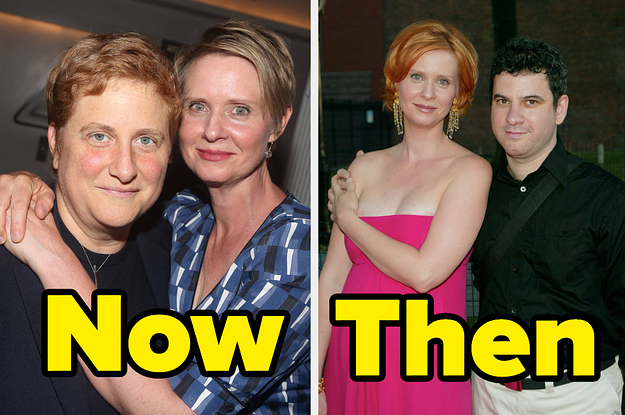Meta is publishing new material to explain how its recommendation engine works across different products. Along with that, it is also rolling out a new option called “Why am I seeing this?” for Instagram and Facebook Reels as well as Instagram’s Explore page. This way, you can understand the reason why that post is being shown to you.
The company’s President of Global Affairs, Nick Clegg, wrote in a blog post that the company wants to be more transparent about its AI systems and give more control to users about the content shown to them.
“Today, we’re building on that commitment by being more transparent around several of the AI systems that incorporate your feedback to rank content across Facebook and Instagram. These systems make it more likely that the posts you see are relevant and interesting to you,” Clegg said.
Meta said it is testing a new system for Instagram to mark posts with “Interested” to see more content like that. Users can already tap the three-dot menu on the post and tap on “Not Interested” to see fewer posts of that kind.
The company noted it is also working on making Facebook’s “Show more, Show less” controls “more prominent.” Currently, you can access them through the three-dot menu on a recommended Reel or a post. It’s not clear if Meta is shifting these controls somewhere else.
The company released 22 “System Cards” today explaining how different systems work, such as Facebook Feed recommendations, Facebook Group timelines, suggested people and groups, Instagram Reels recommendations, notifications system, and Stories AI. These cards expand on these topics through examples but can take a while to read and understand for an average user.

Image Credits: Meta
Clegg mentioned that the company is releasing some info about signals — such as liking or sharing a post — that affect a user’s recommendations in the Transparency Center. However, he noted that the company has omitted “to disclose signals which might make it easier for people to circumvent our defenses.”
Parallelly, on its AI blog, Meta has discussed the possibility of developing AI models at a magnitude of “tens of trillions” of parameters — much larger than the current set of models like ChatGPT and GPT-4. As my colleague Devin Coldewey noted in his story, such large models can churn a lot of data insights about a user.
“Think of it: an AI model as large or larger than any yet created… what goes in one end is every single action you take on Meta’s platforms, what comes out the other is a prediction of what you will do or like next. Kind of creepy, isn’t it?”
With this kind of capacity, some user controls might not be enough to stop some content recommendations. In 2021, Clegg wrote a post on Medium suggesting that it considers people’s actions as equally responsible as algorithms to display various content on the feed. However, users don’t always know about all the signals that are captured by a platform to train their AI-powered feeds.
Meta is also inviting researchers to study its algorithms through a new Content Library and API, which includes public posts, pages, groups, and events from Facebook as well as public posts and data from creators and business accounts on Instagram.
In the last few years, Meta has been subject to scrutiny on how it suggests content to users. In 2021, Facebook whistleblower Frances Haugen revealed that the company’s algorithms had “unhealthy side effects on important slices of public content, such as politics and news.” in addition to Instagram being harmful to teens. Last year, it had to settle with the U.S. Justice Department over its ad-serving algorithms allegedly depriving users of housing opportunities.
Instagram has also been increasing AI-powered content in its feed. In its Q1 2023, earnings call, Mark Zuckerberg said that time spent on Instagram jumped by 24%, thanks to AI-aided Reels suggestions. Meta CEO has said that the company aims to increase the presence of such content by filling up 30% of the feed with algorithmic recommendations. The release of documents and controls is the latest in an effort by Meta to appease regulators and privacy advocates before the company pushes ahead with more AI-powered content.
With the onset of decentralized platforms like Bluesky and Mastodon, there is a lot of conversation about having some control on algorithms that drive your feed. Centrally-operated platforms like Instagram and Facebook should draw some inspiration from these other social networks and offer better algorithmic choices and control to users.
Meta really wants to explain its AI recommendation algorithms to you by Ivan Mehta originally published on TechCrunch








